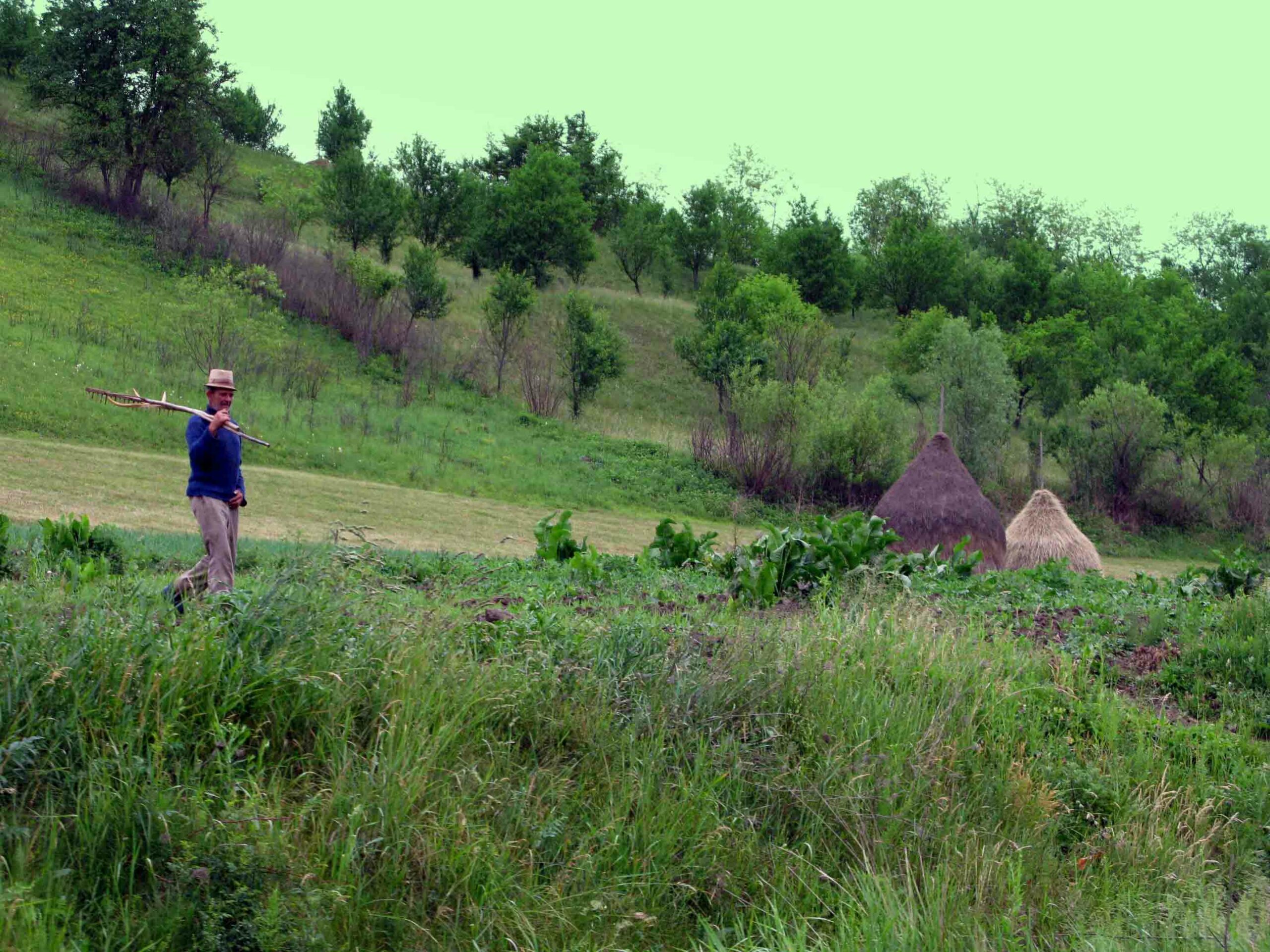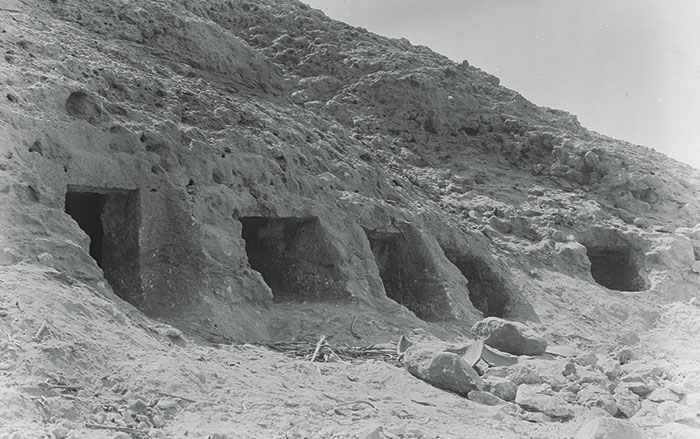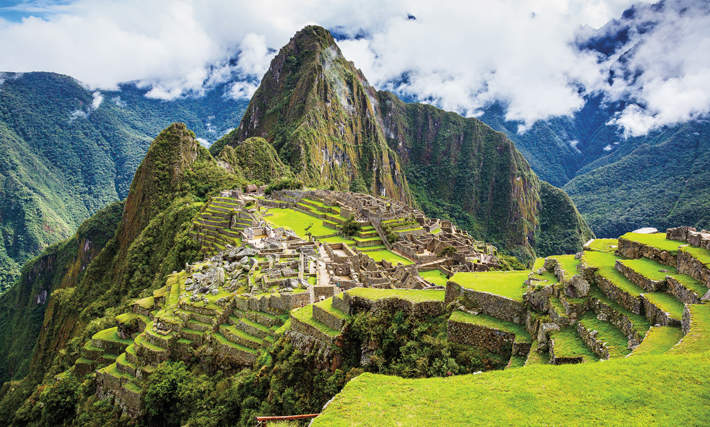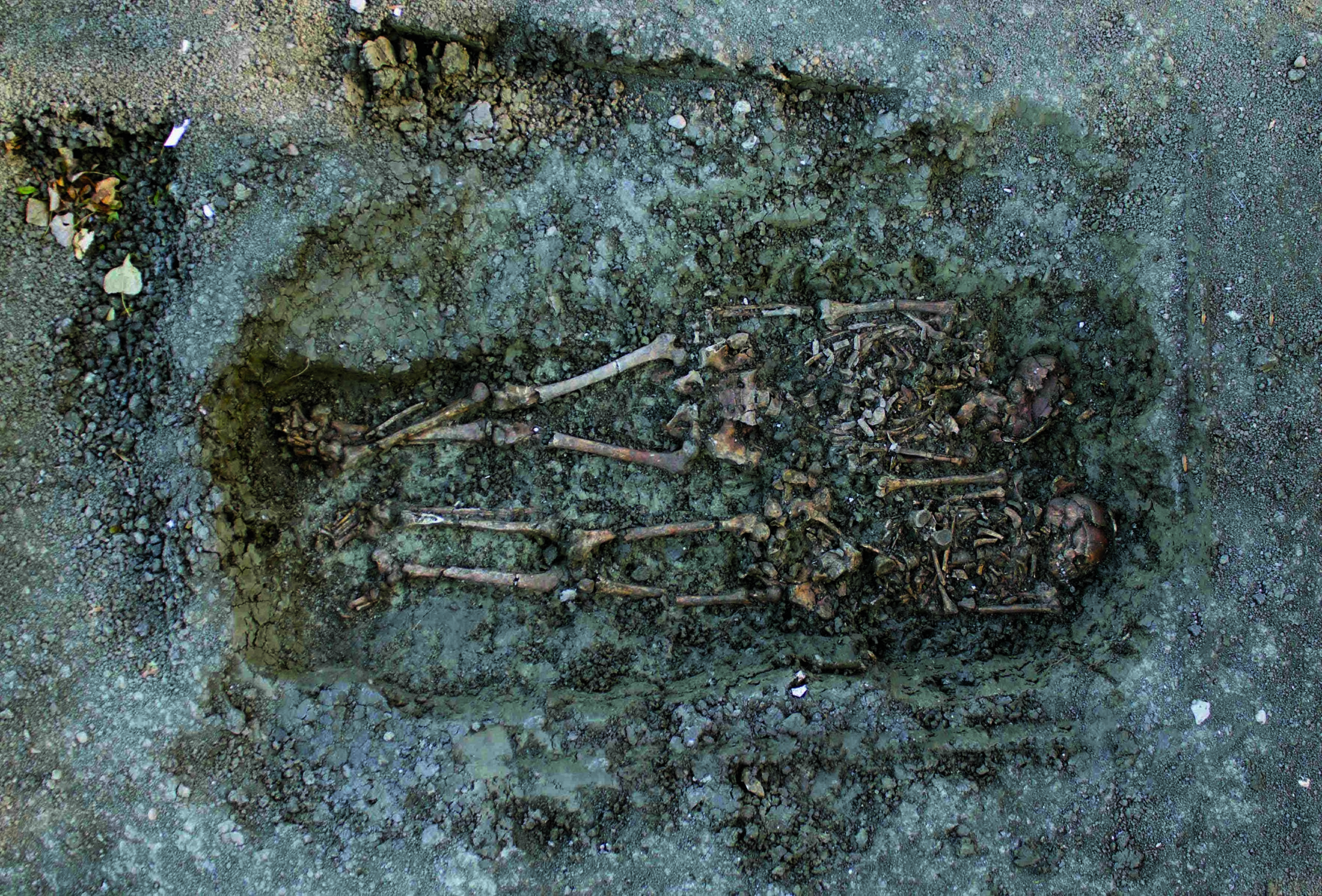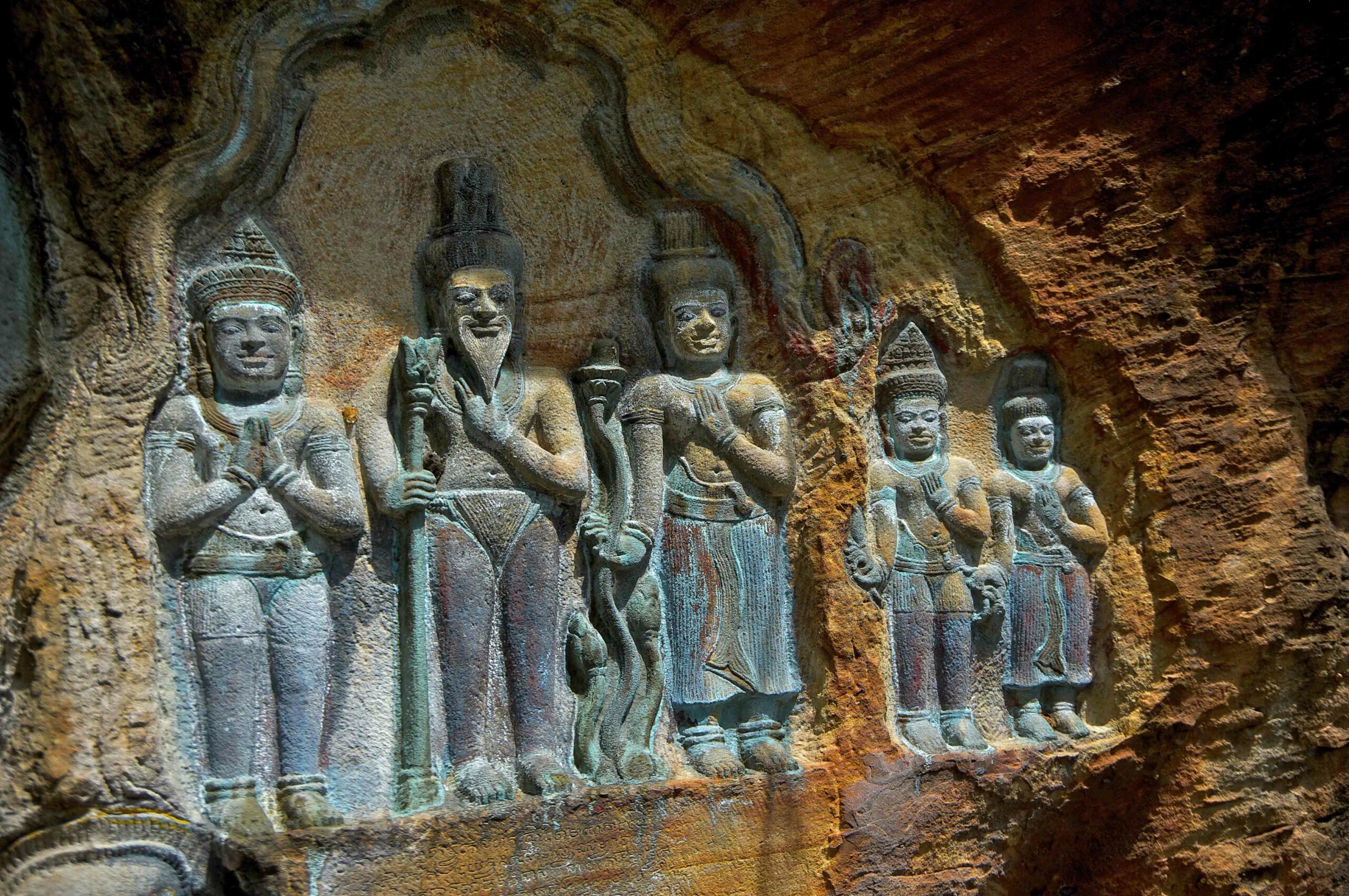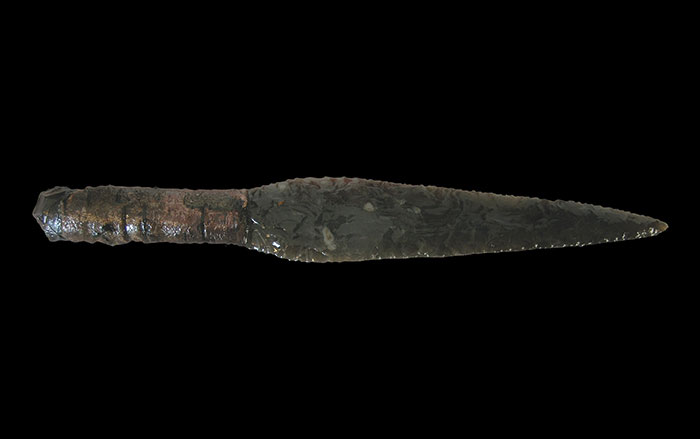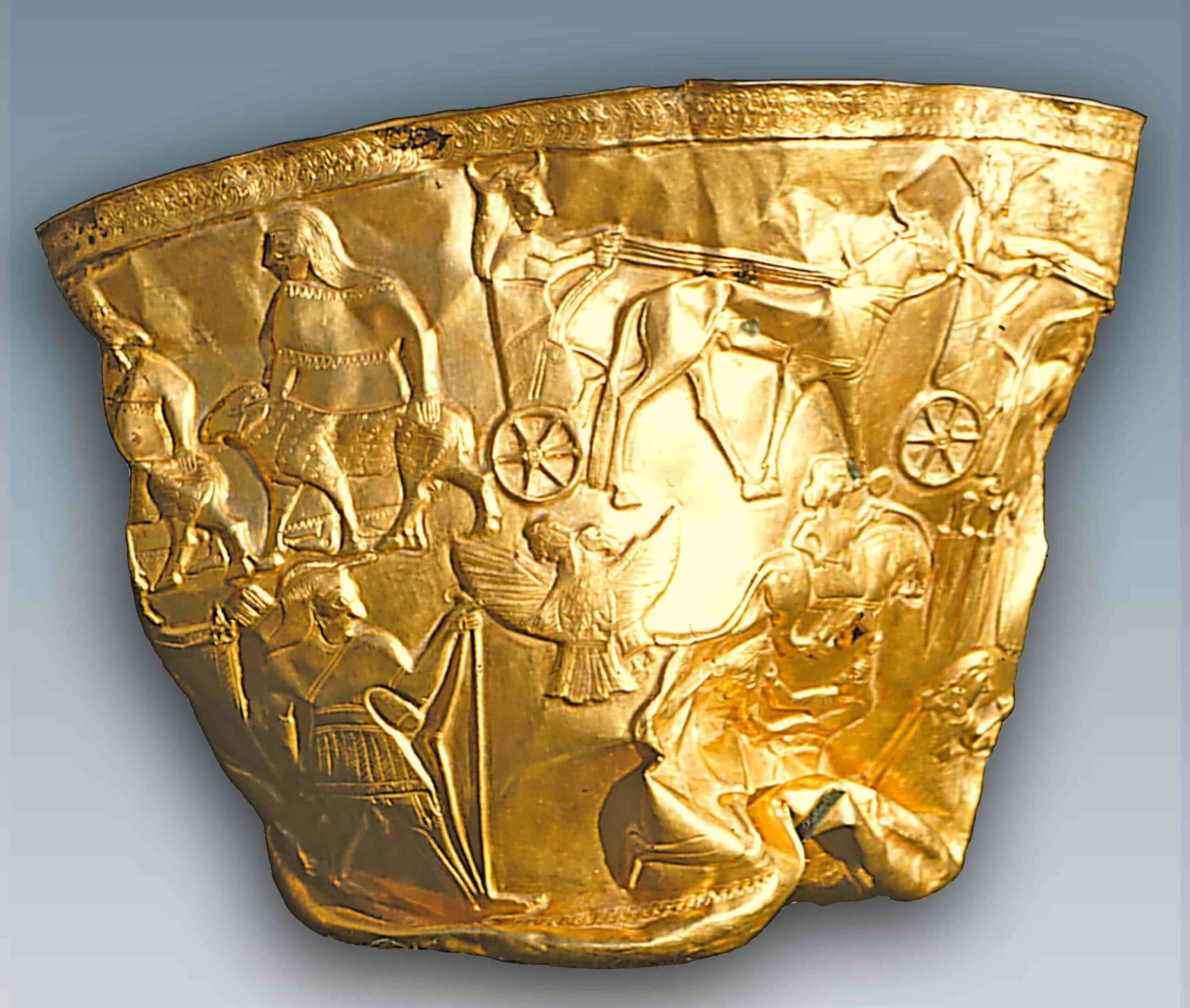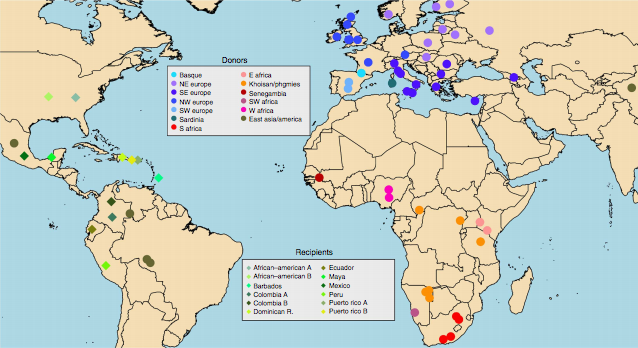
OXFORD, ENGLAND—The genetic fingerprints of the slave trade have been detected in the modern populations of North and South America by a team made up of researchers from Oxford University, University College London, and the Universita’ del Sacro Cuore of Rome. They analyzed more than 4,000 DNA samples from 64 different populations in Europe, Africa, and the Americas, and tracked the flow of genes from ‘donor’ African and European populations to ‘recipient’ populations in the Americas. “The majority of African Americans have ancestry similar to the Yoruba people in West Africa, confirming that most African slaves came from this region. In areas of the Americas historically under Spanish rule, populations also have ancestry related to what is now Senegal and Gambia. Records show that around a third of the slaves sent to Spanish America in the seventeenth century came from this region, and we can see the genetic evidence of this in modern Americans really clearly,” Cristian Capelli of Oxford University said in a press release. The study also found evidence of a previously unknown migration in the form of a genetic contribution from the Basques in the modern-day Maya in Mexico. People of the Caribbean islands are more similar to each other and distinct from other populations, probably reflecting a different migration pattern between the Caribbean and mainland America. To read an account of one group of African slaves' harrowing experience on an island in the Indian Ocean, see "Castaways."


